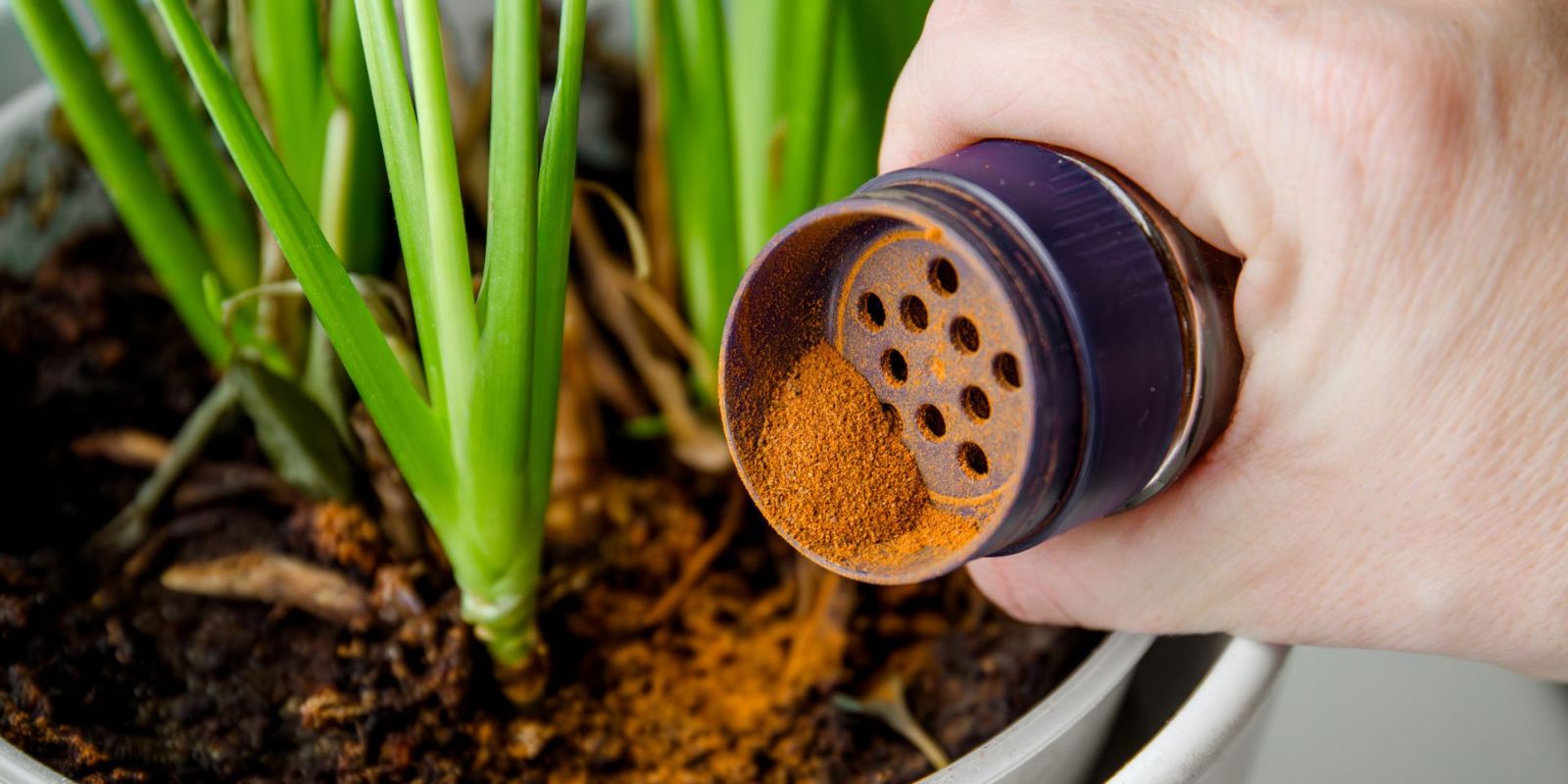Cinnamon, often hailed as the “spice of life,” is a staple in many kitchens around the world. Its sweet and spicy flavor enhances everything from baked goods to savory dishes. But did you know you can grow your own cinnamon at home? With a bit of patience and the right conditions, you can cultivate this aromatic spice right in your own garden. This comprehensive guide will walk you through the entire process of growing cinnamon, from selecting the right variety to harvesting your own spice.
Introduction
Growing your own cinnamon is a rewarding endeavor that allows you to enjoy fresh, high-quality spice while also adding a touch of the exotic to your garden. Although it requires some patience and care, the results are well worth the effort. In this article, we’ll explore each step involved in growing cinnamon, providing you with all the knowledge you need to succeed.
1. Choosing the Right Cinnamon Variety
Understanding Cinnamon Varieties
Cinnamon comes from the inner bark of trees in the genus Cinnamomum. There are two main types of cinnamon: Ceylon (Cinnamomum verum) and Cassia (Cinnamomum cassia). Ceylon cinnamon, often referred to as “true cinnamon,” is prized for its delicate flavor and complex aroma. Cassia cinnamon, which is more commonly found in stores, has a stronger, spicier taste.
For home gardening, Ceylon cinnamon is the preferred choice due to its superior quality and flavor. It’s important to select this variety to ensure you get the best cinnamon for culinary use.
Sourcing Cinnamon Plants
Cinnamon is typically grown from seedlings or cuttings, as it is quite challenging to grow from seeds. You can purchase seedlings from specialty nurseries or online garden stores. Ensure you select healthy plants from a reputable source to increase your chances of success.
2. Preparing the Pot and Soil
Selecting the Right Pot
Cinnamon trees need ample space to grow, so choose a large pot with good drainage. A pot that is at least 12-16 inches in diameter and 12-18 inches deep is ideal. Proper drainage is crucial to prevent root rot and ensure healthy plant growth.
Choosing and Preparing the Soil
Cinnamon trees thrive in rich, well-draining soil. Use a mix of potting soil, perlite, and compost to create a balanced growing medium. The soil should be slightly acidic to neutral, with a pH range of 6.0 to 7.0. Before planting, ensure the soil is thoroughly mixed and well-aerated to promote healthy root development.
3. Planting Cinnamon Seedlings
Planting the Seedlings
Once you have your pot and soil prepared, it’s time to plant your cinnamon seedlings. Make a hole in the soil that is slightly larger than the root ball of the seedling. Gently place the seedling in the hole and cover the roots with soil. Press down lightly to eliminate air pockets and water the soil thoroughly.
Placement and Light Requirements
Cinnamon trees require a lot of light to thrive. Place the pot in a sunny location where the plant can receive at least 6-8 hours of direct sunlight daily. If natural sunlight is insufficient, consider using grow lights to supplement the plant’s light requirements.
4. Maintaining Proper Moisture
Watering Needs
Cinnamon trees prefer consistently moist soil but do not tolerate waterlogged conditions. Water the plant regularly, ensuring the top inch of soil is dry before watering again. In cooler months or during periods of low growth, reduce watering to prevent overwatering.
Humidity and Temperature
Cinnamon trees thrive in warm, humid environments. Maintain a temperature range of 60-85°F (15-29°C) for optimal growth. If you live in a dry climate, consider using a humidifier or placing a shallow dish of water near the plant to increase humidity.
5. Pruning and Maintenance
Pruning for Health and Shape
Regular pruning is essential to keep your cinnamon tree healthy and encourage a bushier growth habit. Prune the plant to remove any dead or diseased branches and to shape the tree as it grows. Pruning also helps improve air circulation and reduces the risk of fungal infections.
Fertilizing
Feed your cinnamon tree with a balanced, water-soluble fertilizer every 4-6 weeks during the growing season (spring and summer). Follow the manufacturer’s instructions for application rates. Avoid over-fertilizing, as this can lead to excessive leaf growth and reduced spice quality.
6. Harvesting Cinnamon
Knowing When to Harvest
Cinnamon is harvested from the inner bark of mature trees. Typically, cinnamon trees take 2-3 years to reach maturity and produce harvestable bark. You can identify a mature tree by its size and the condition of the bark. The outer bark will start to peel away naturally, revealing the inner bark.
Harvesting Process
To harvest cinnamon, carefully peel away the outer bark to expose the inner bark. Use a sharp knife or pruning shears to make shallow cuts around the tree’s trunk or branches. Gently scrape away the inner bark, which will come off in thin layers. Allow the harvested bark to dry in a well-ventilated area for a few weeks until it becomes brittle.
Conclusion
Growing your own cinnamon at home is a gratifying experience that allows you to enjoy fresh, aromatic spice while adding a touch of the exotic to your garden. By following these steps—selecting the right variety, preparing the pot and soil, planting and caring for the seedlings, and harvesting the spice—you’ll be well on your way to cultivating a thriving cinnamon tree. Embrace the journey of growing your own spice and savor the rewards of homegrown cinnamon.
Motivation: Ready to spice up your garden with homegrown cinnamon? Follow these easy steps to cultivate your own aromatic cinnamon tree and enjoy fresh, flavorful spice right from your garden! 🌿🍂 #GrowYourOwn #CinnamonGarden #HomeGardening #DIYSpices #GardeningTips #HerbGarden #SpiceUpYourLife

